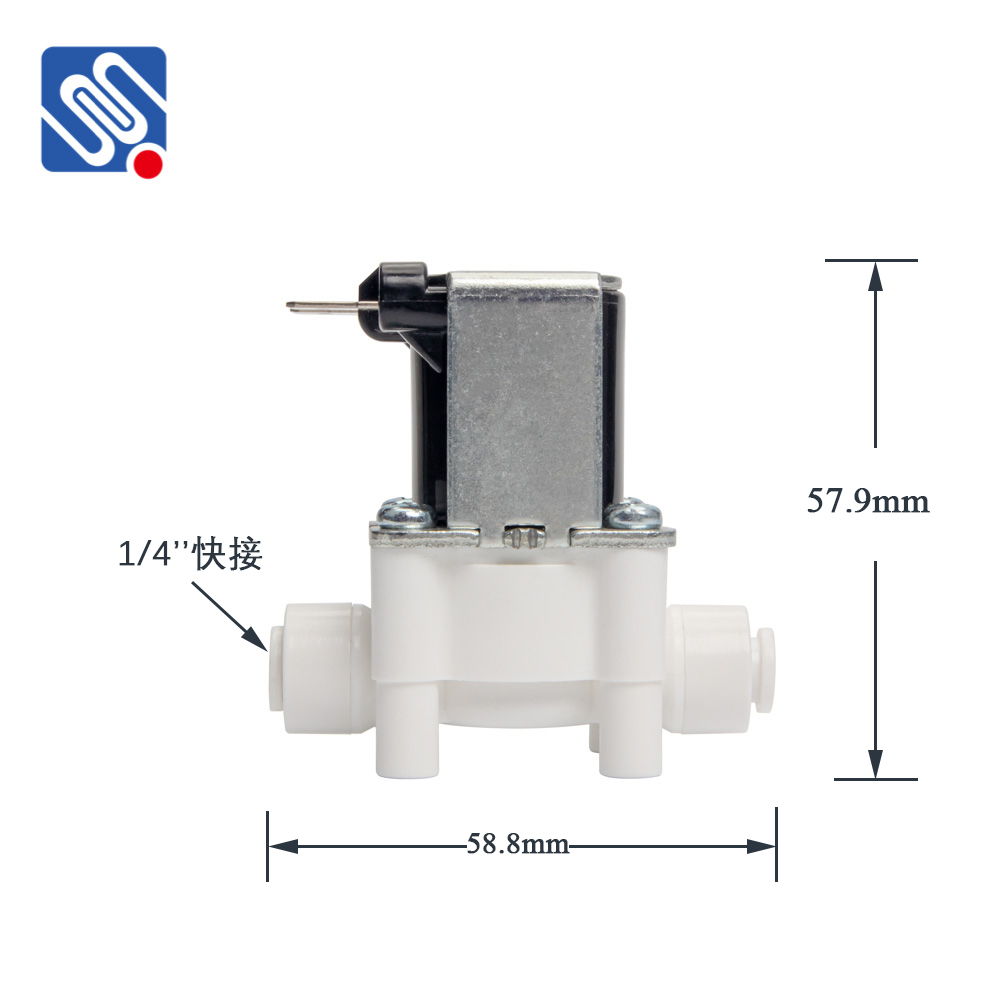A Normally Closed (NC) Solenoid Valve is a critical component in many fluid control systems. It is designed to regulate the flow of liquids, gases, or steam by using an electromagnetic actuator. This valve type is one of the most widely used solenoid valves in various industries due to its reliable performance, simplicity, and safety features. In this article, we will explore the function, working principle, applications, and advantages of the Normally Closed Solenoid Valve.

Function and Working Principle The Normally Closed (NC) solenoid valve operates in a default closed position, meaning that when the solenoid coil is not energized, the valve remains shut. This is accomplished using a spring mechanism that holds the valve closed. When the solenoid coil is energized, it generates a magnetic field, pulling the valve plunger, thus opening the valve and allowing the fluid to flow through. The NC solenoid valve is typically composed of a coil, a plunger, a spring, and a valve body. When the electrical current passes through the solenoid coil, the magnetic field attracts the plunger, which moves and opens the valve. Once the current is cut off, the spring forces the plunger back to its initial position, thereby closing the valve and stopping the flow of fluid.